Flying from Singapore just got more costly – but it’s good news
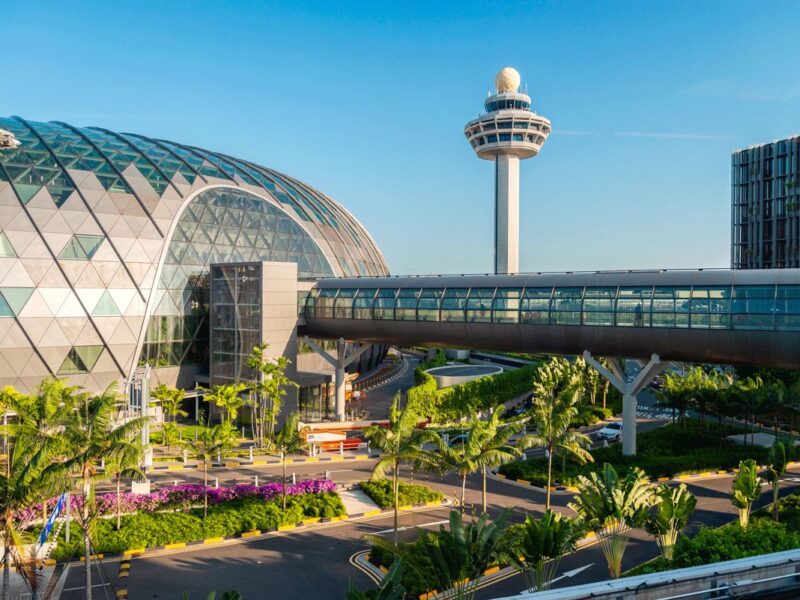
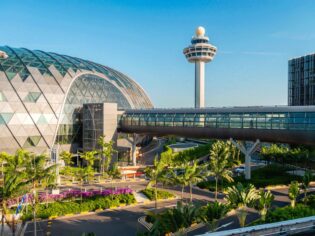
Singapore will introduce a green fuel levy on flights. (Image: Getty/Andrey Moisseyev)
From 2026, air passengers departing from Singapore will pay the world’s first green fuel tax on flights.
Singapore has never been shy about its love affair with green. This is, after all, the place where airport terminals gush waterfalls, skyscrapers sprout lush facades and the iconic Supertrees at Gardens by the Bay harvest solar energy. But just as you thought the Garden City had run out of ways to out-green itself, it’s unveiled a fresh flourish: a climate tax tucked neatly into your plane ticket.
The Civil Aviation Authority of Singapore (CAAS) has announced it will introduce a sustainable aviation fuel (SAF) levy for tickets sold from 1 April 2026, applying to flights from 1 October 2026. The green flight tax, which will be added to the airfare of travellers flying out of Singapore’s airports, is part of the city state’s scheme to cut domestic carbon emissions. It will fund the country’s push to ensure at least one per cent of all jet fuel used in Singapore in 2026 is sustainable, rising to a goal of three to five per cent by 2030.

The levy will apply to all travellers flying out of Singapore’s airports. (Image: Unsplash/Zoshua Colah)
By taking this step, Singapore has become the first country to impose a tax on air passengers for green flight fuel. Considering Changi Airport handles more than 7200 flights each week (or roughly one every 80 seconds), it’s a considerable shift towards greener skies. From 2026, all flights from Singapore will be required to use SAFs – a forward-thinking initiative that sets a powerful precedent for the global aviation industry.
What is sustainable aviation fuel?
Sustainable aviation fuels are liquid jet fuels produced from lower-carbon sources such as waste oil, green waste, fats and non-food crops. According to the International Air Transport Association, a fuel must reduce carbon emissions by 80 per cent, compared to conventional jet fuel, to count as an SAF.
Who pays Singapore’s green flight tax?

Changi Airport is a major global aviation hub. (Image: Unsplash/Rasmus Gundorff)
Along with cargo and commercial flights, all passengers flying out of Singapore in economy, business and first class will be subject to the tax. So whether you’re departing for work, leisure or an impromptu ‘I need a break from life’ trip, you’ll be asked to contribute to Singapore’s green dream. Travellers transiting through the country between flights, however, will not be charged.
Airlines will collect the sustainable fuel levy and must display it as a distinct line item on each air ticket sold. Expect per-passenger fees ranging from $1.18 to $49.33, with the tax calculated based on flying distance and cabin class.
A green vision for the future
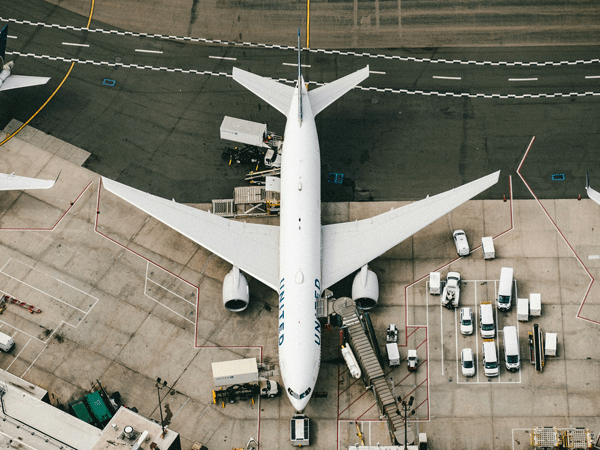
Singapore’s flight tax will help fund more sustainable aviation. (Image: Unsplash/Chris Leipelt)
While no one cheers when prices rise (and there’s certainly debate around whether it should be airlines or passengers copping the cost), this fee has a silver lining. The CAAS says the levy will support the Singapore Sustainable Air Hub Blueprint, launched in 2024 to map out the country’s journey to reaching its goal of net-zero aviation emissions by 2050. Under this plan, the CAAS is working with aviation stakeholders to create a more sustainable aviation growth strategy – and Singapore’s green flight tax helps make it possible. In simple terms, flyers are paying more to pollute less.
In other good news, the extra cost is modest. An economy flight from Singapore to Australia, for instance, will only incur a levy of $3.32 on top of the plane ticket. That’s less than your morning flat white. A longer journey, perhaps a business class jaunt to New York, will be $49.33 – not a fortune, but a nudge to think twice before booking that long-haul flight.
Think of it less as a tax and more of a gentle tap on the wallet in exchange for a path towards cleaner skies. It might not solve the world’s environmental problems overnight, but it’s a start – and that’s enough to matter.
How much is the Singapore green flight tax?
According to the CAAS, the sustainable aviation fuel levy will vary based on the distance travelled and the flight class. Further destinations will incur a higher cost, as will premium cabins, which includes business and first class. Below is the levy each passenger will need to pay when flying from Singapore to the specified region.
Southeast Asia: $1.18 (economy) or $4.75 (premium)
Northeast Asia, South Asia, Australia and Papua New Guinea: $3.32 (economy) or $13.20 (premium)
Africa, Central and West Asia, Europe, Middle East, Pacific Islands and New Zealand: $7.55 (economy) or $30.36 (premium)
The Americas: $12.24 (economy) or $49.33 (premium)




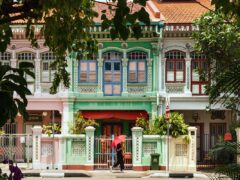
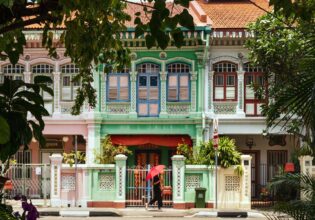
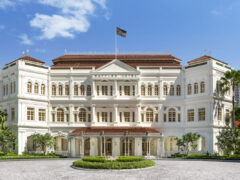
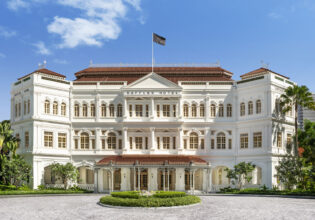
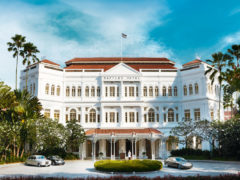
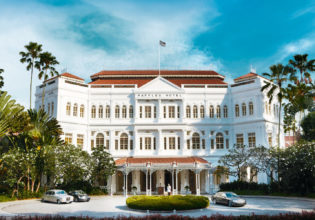




LEAVE YOUR COMMENT